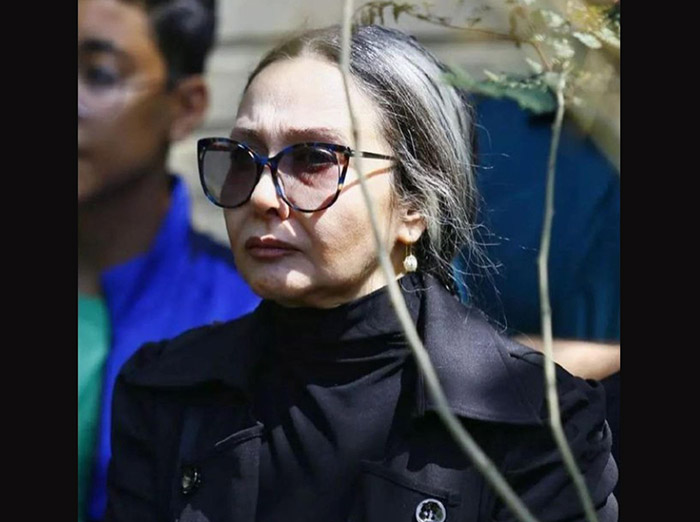Though, this statement has to be seen in a context which takes in consideration the fundamental factors almost always present and dominant in Iranian cinema: the political framework which of course includes censorship. As Richard Tapper states in his work, The New Iranian Cinema, “both government and religious authorities sought to control the images to be shown publicly.” ‘Formal censorship” began in the 1920s, when the imported films exhibiting women, sex and amusement dominated the Iranian market.
